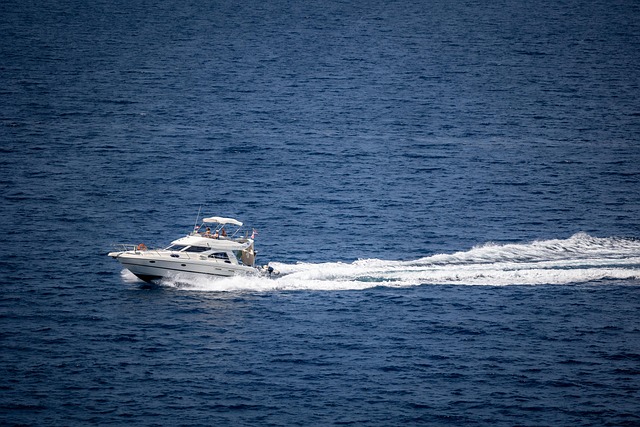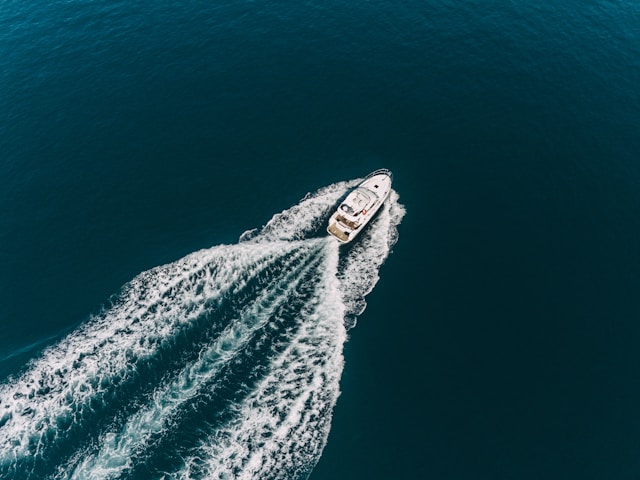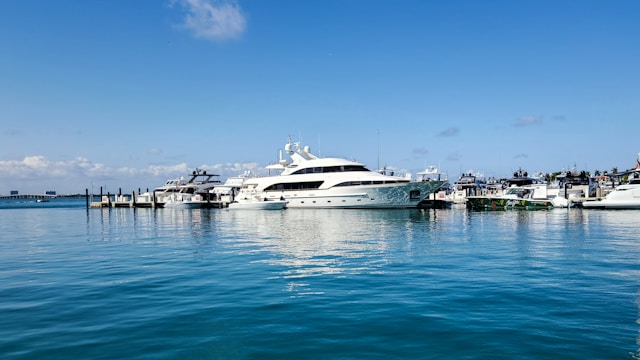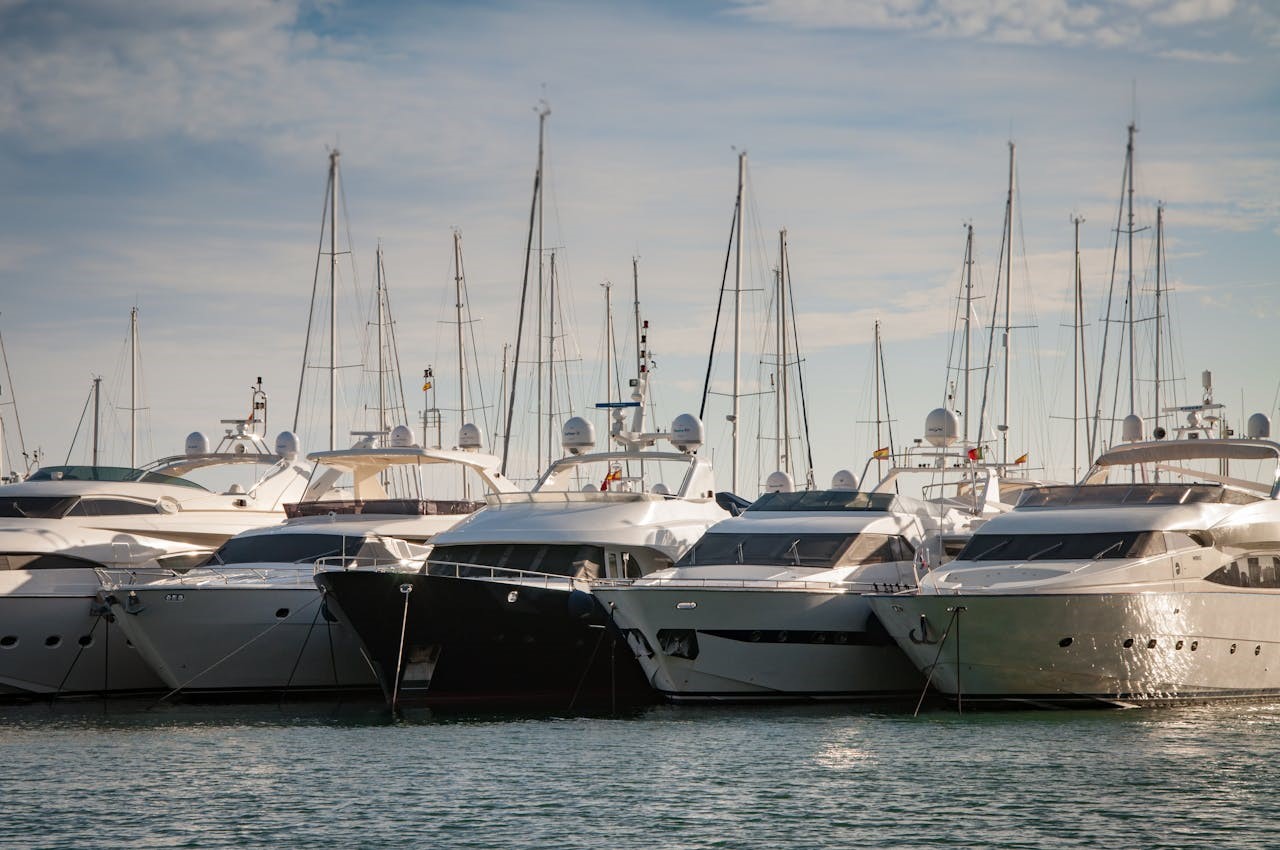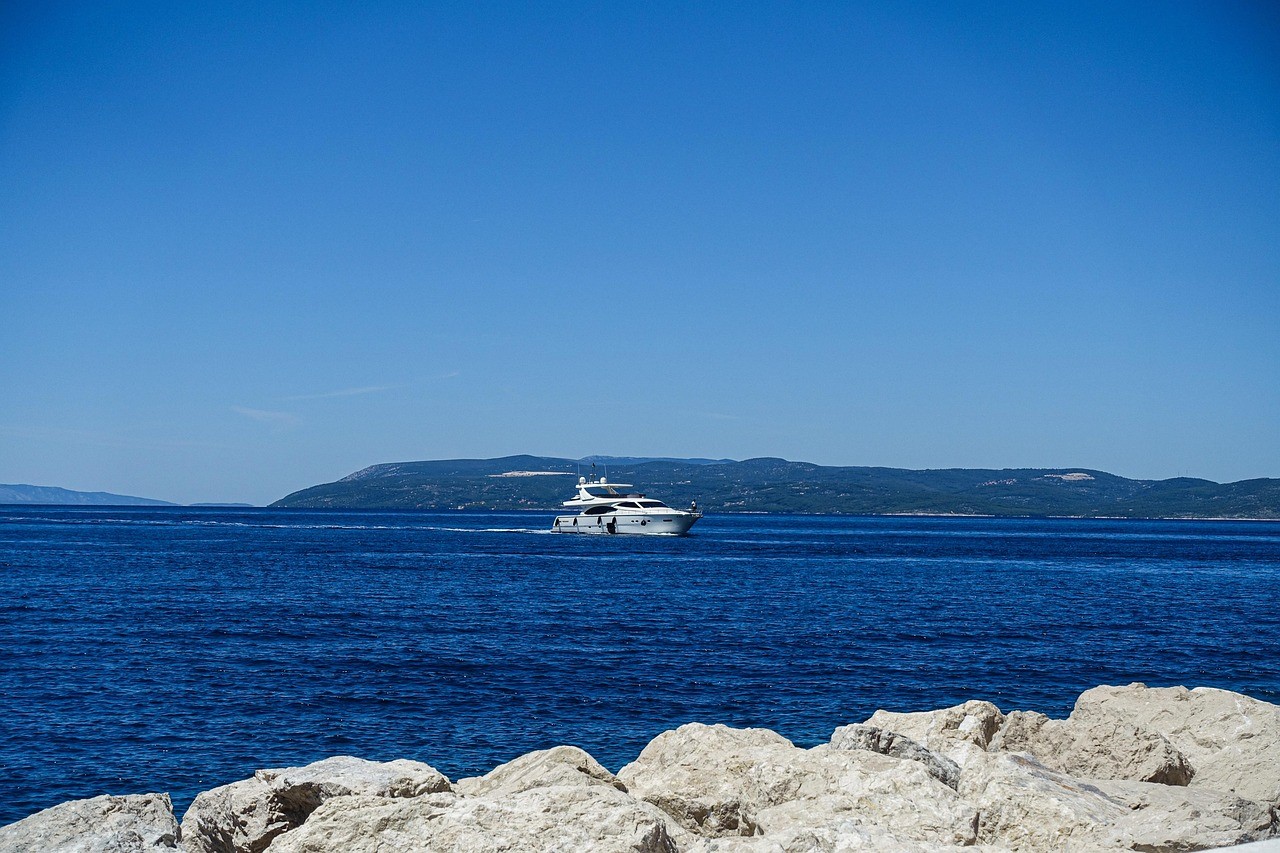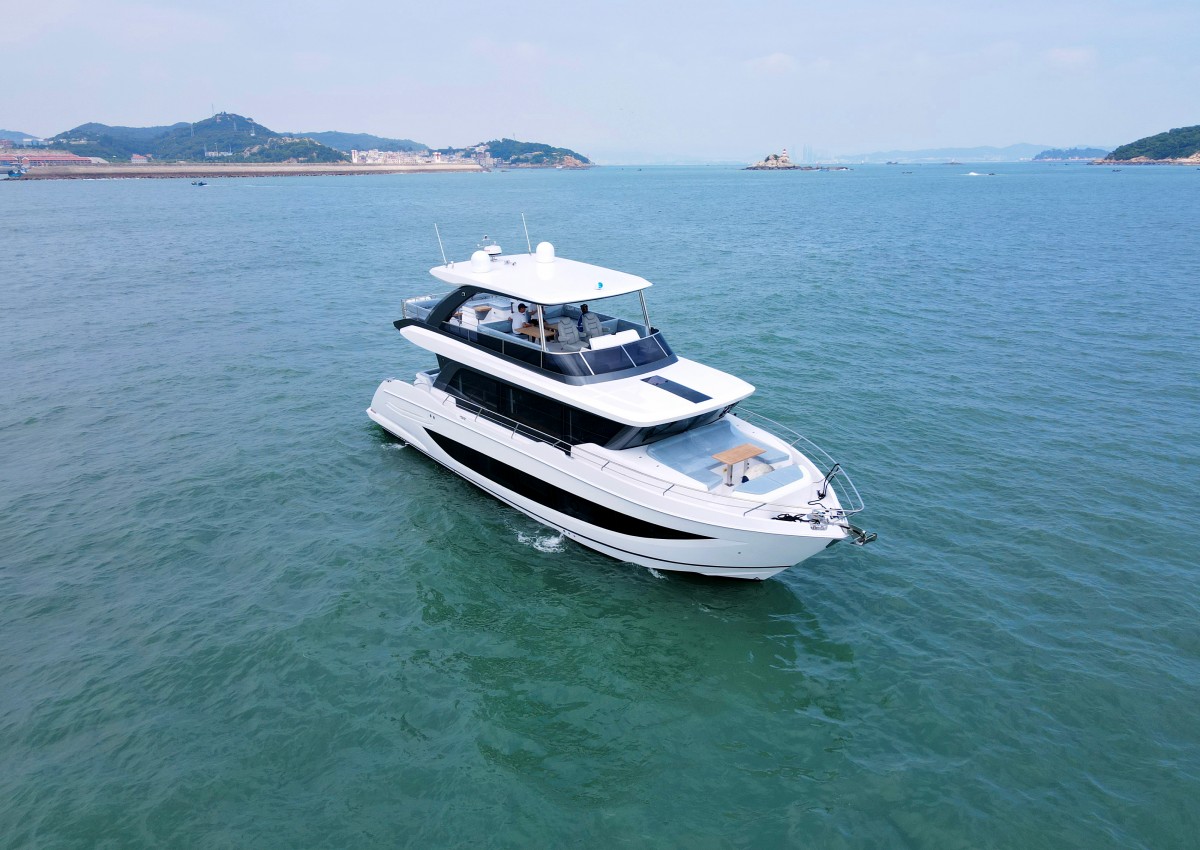It is inevitable that ships will experience collisions, corrosion, and other damage while travelling on the ocean. When a boat suffers serious damage, it must go through a professional repair and inspection process before it can navigate the seas again. From boat assessment to repair to inspection, every process is related to the subsequent safe navigation of the boat, in this article, we will introduce you to the types of boat damage and the repair process.
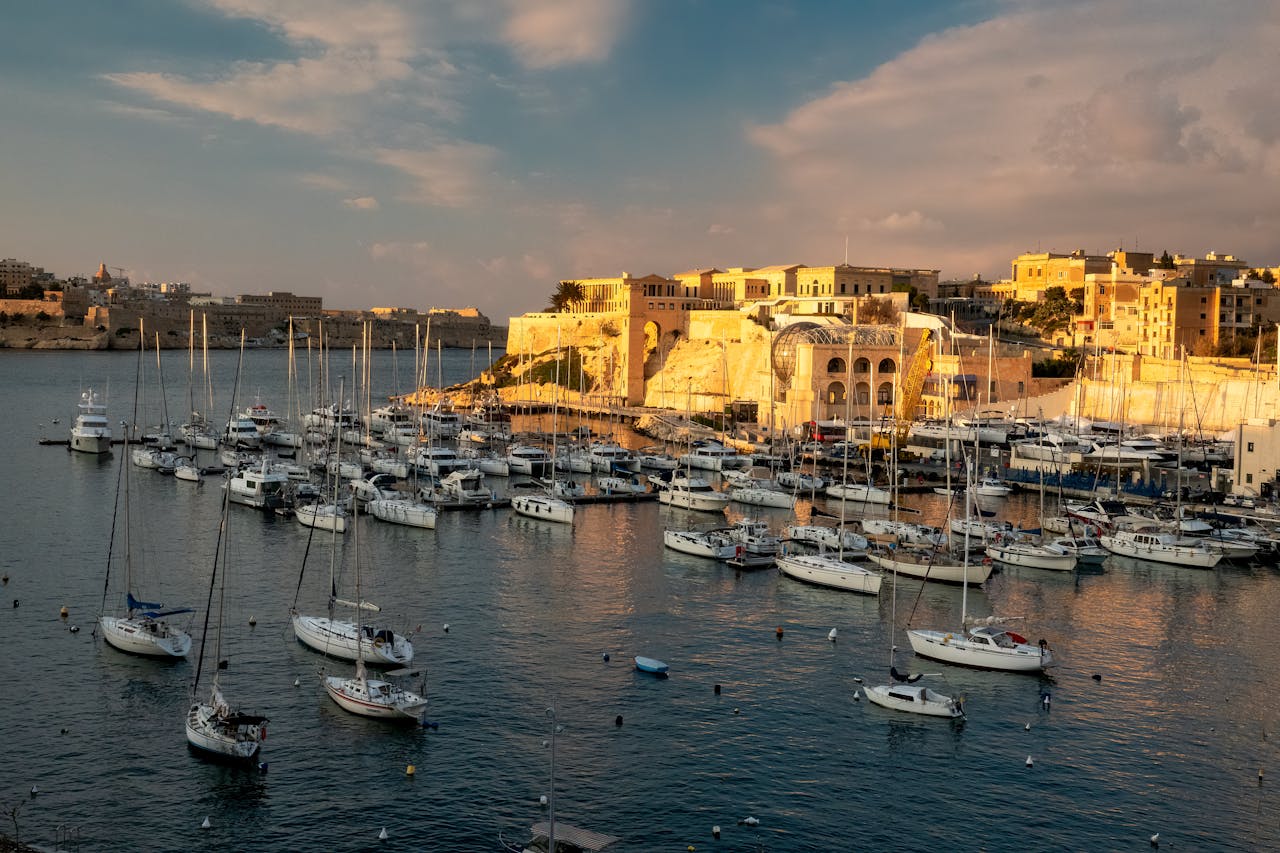
Common Types of Vessel Damage
The first thing you need to do to repair a damaged boat is to identify the type of damage. There are four common types of damage to boats at sea:
Collision Damage
Collision damage is the most common type of boat damage, and it is usually human-caused damage. Vessels can run aground while underway due to poor steering or collide with obstacles such as reefs, rocks, glaciers, and other vessels, and these collisions can cause serious damage to the vessel and may even lead to a range of dangerous conditions.
Structural Damage
Structural damage means that the hull and structural components of a vessel are gradually corroded and damaged by the action of seawater and other corrosive substances when the vessel is underway at sea for a long period of time. The marine environment is humid, with high salt content in seawater, and accompanied by wind and waves, which can easily cause corrosion and wear and tear to the hull.
Equipment Damage
Equipment damage is also a common type of boat damage, mainly caused by equipment failure or improper maintenance. Equipment damage is mainly concentrated in specific locations on the vessel, such as engines, navigation systems, electrical systems and communication equipment. If this equipment is not well maintained over a long period of time, they are very prone to failure.
Environmental damage
Environmental damage is an unforeseen damage to a ship's navigation and is mainly triggered by force majeure natural disasters such as storms and floods. Once these natural disasters occur, it will not only threaten the lives of the people on board, but also may cause damage to the ship, which may cause the ship to capsize or sink, resulting in huge losses and marine pollution.
The Process of Repairing Damaged Vessels
The process of repairing a damaged vessel is complex and time-consuming, and may vary greatly depending on the size of the vessel and the extent of the damage. For ease of understanding, the process of repairing a damaged vessel is divided into five main steps:
Initial assessment of the extent of damage
The first step in repairing a damaged vessel is to fully assess the damage to the vessel. For collisions and environmental damage, the vessel needs to be assessed quickly, as these damages can cause the vessel to sink. If the vessel has taken on water, the crew needs to take immediate precautions such as closing watertight doors and hatches, closing all open valves, assessing the draft of the hull and draining as much water as possible before help arrives.
In the case of structural and equipment damage, crews need to inspect all equipment and components to determine the equipment damage. For structural damage, the area needs to be checked for leaks and protection should be enhanced with marine epoxy if necessary. After assessing the extent of damage to the vessel, the damaged vessel can return to shore on its own or with the help of a tugboat, avoiding violations of maritime labor laws and effectively ensuring the safety of the crew.
Full inspection in dry dock
After the damaged vessel returns to shore, it will be sent to the dry dock for a comprehensive inspection. The dry dock is more convenient for workers to inspect the bottom of the hull, rudder, propeller and other components, and the dry dock also has a perfect inspection process. Firstly, all water inside the vessel is pumped out to stabilize the vessel, and then technical documents such as vessel plans, diagrams and specifications are checked to confirm that the vessel complies with maritime standards. The vessel is also inspected for structural integrity, mechanical performance and crew workmanship.
In addition, the inspector checks and confirms that all log books, operation manuals and instructional materials are up-to-date and placed in their designated locations. Finally, the inspector will compare the damaged areas of the vessel with the vessel's original blueprints to accurately assess the severity of the problem. For some special cases, the inspector will add additional inspection steps.
Repair and Replacement
Once the dry dock inspection is completed, the vessel is ready to begin restoration. Because the dry dock provides easy access for workers, all vessel refurbishment work is performed there. Workers can build scaffolding that can hold four to six times the weight of the maximum load and walk around the vessel to gain a stable and level foothold, allowing repairs to be carried out efficiently.
Equipment damage repair is like working on a car, repairing or replacing parts. Corrosion repairs are more complex, taking into account a number of parameters of the vessel, including width, draught, displacement, gross tonnage and waterline length. Repairs can be made with the option of reinforcing or replacing steel plates, depending on the extent of the damage, and parts that cannot be repaired need to be replaced promptly.
Painting and coating
Once the vessel has been repaired, the hull needs to be painted and coated, not only to enhance the aesthetics of the vessel, but also to prevent the growth of other marine organisms such as algae and barnacles. The paint and coating materials selected should have excellent corrosion resistance, weather resistance and adhesion, and the spraying process should be carried out in strict accordance with the process standards to ensure that the coating is even and flat.
Non-destructive testing
Non-destructive testing (NDT) is the final step in the repair of a damaged vessel, and must be carried out by the repairer after the repair is completed to confirm that the vessel's performance meets the criteria for safe navigation. Depending on the condition of the vessel, as many as a dozen NDT tests may be required. Common inspection methods are moisture content assessment, ultrasonic weld testing, gloss measurements of fresh surface coatings and thermal imaging inspections.
Fate of Irreparable Vessels
For irreparable vessels, it is common for these vessels to be dismantled, leaving its metal parts, electronics and other valuable components behind, and the rest will be sent to a landfill or scrap yard. If the vessel has historical or sentimental value, it can usually be stored on land or in some special location, such as a museum.







 Leave the comment
Leave the comment
